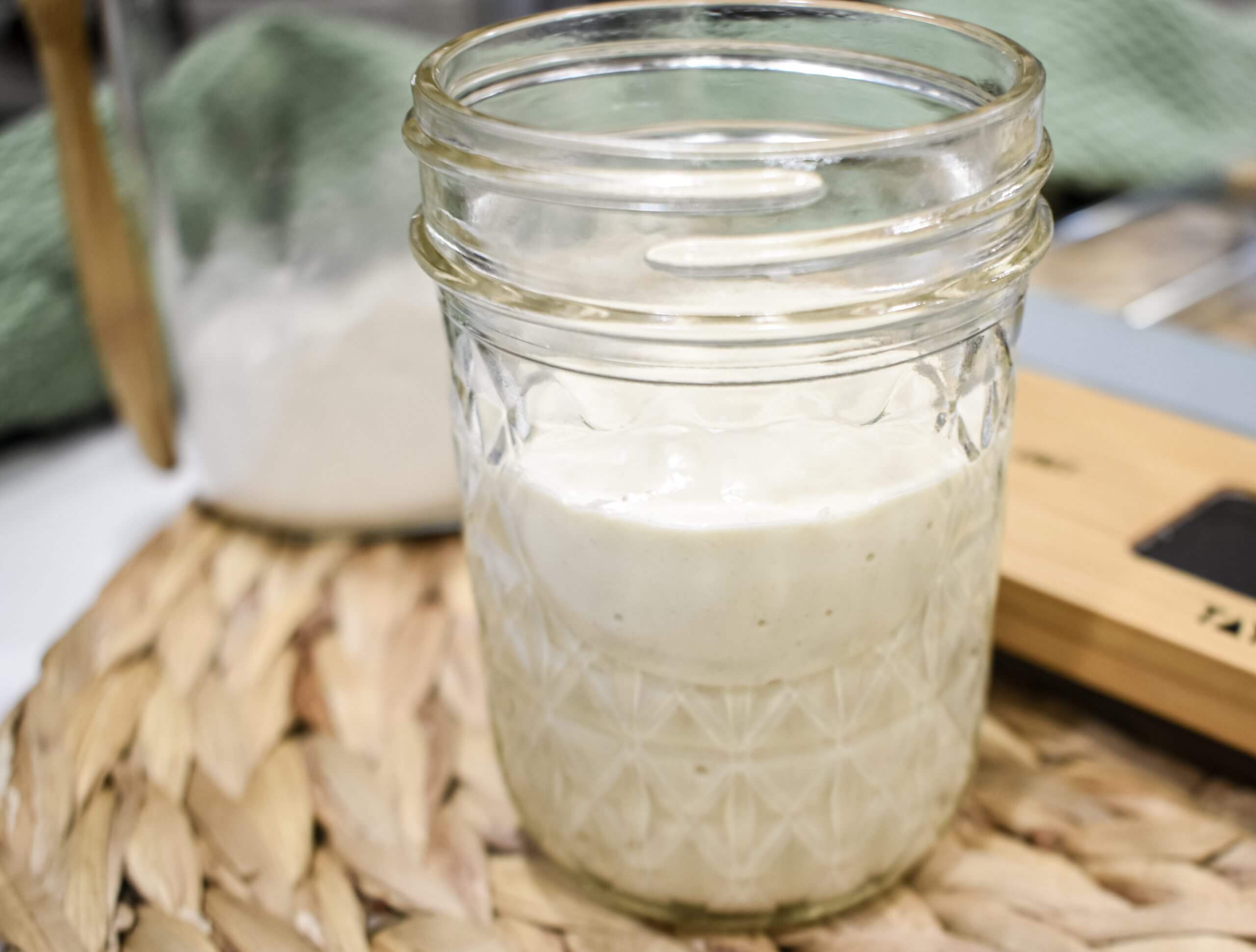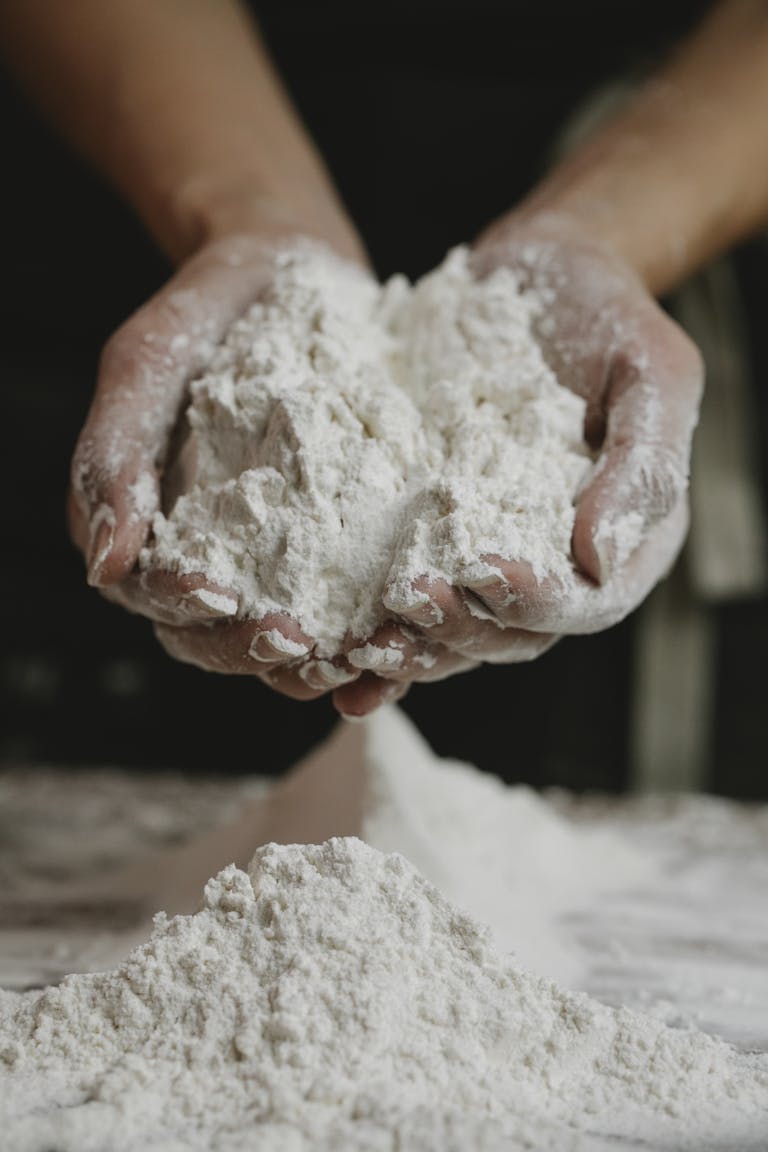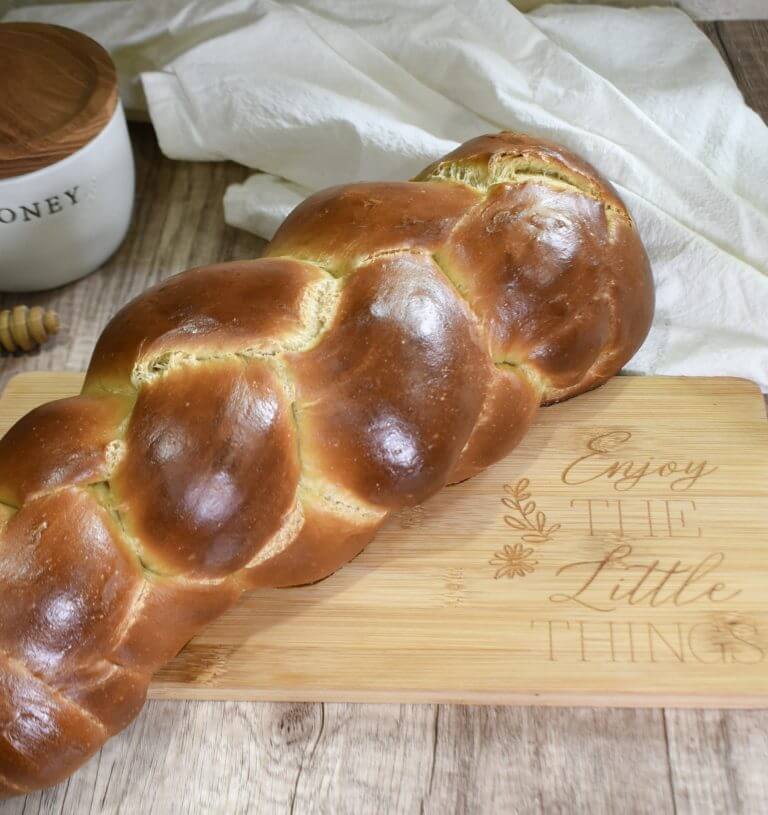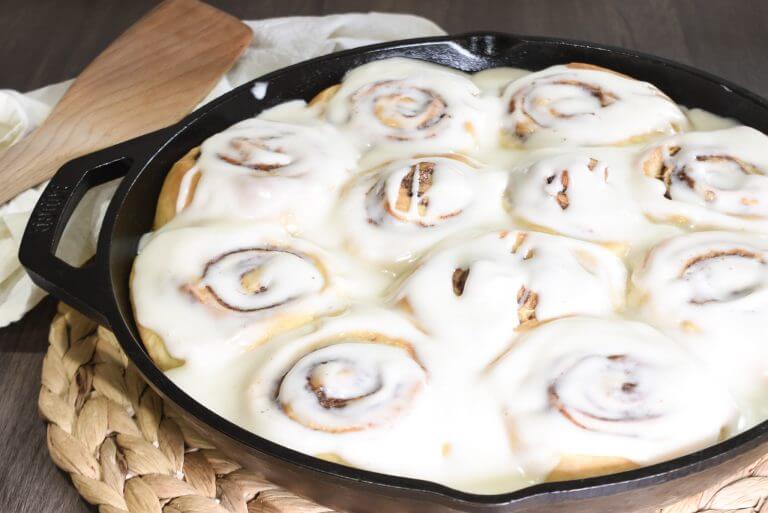What is Sourdough Discard?: Ultimate Guide 2025
Wondering what to do with all that leftover sourdough discard? You’re not alone! With the rising popularity of homemade sourdough bread, bakers everywhere are exploring creative ways to reduce waste and boost flavor. Did you know that nearly 30% of sourdough starters get discarded weekly? That’s a lot of waste—and missed flavor opportunities! From fluffy pancakes to savory crackers, I’ll show you how this often-overlooked ingredient can transform your baking. Let’s dive into the tasty world of sourdough discard!
What is Sourdough Discard?
Okay, let’s be real—when I first started my sourdough journey, I had no clue what sourdough discard even was. I thought, “Discard? Wait, isn’t sourdough starter supposed to be precious?” Turns out, sourdough discard is basically the leftover part of your sourdough starter that you remove before feeding your starter with fresh flour and water. It’s part of the regular feeding routine—kind of like a necessary pruning for plants, but in bread-making form.
Every time you feed your sourdough starter to maintain it, you remove a portion of the mixture to keep the balance right, helping the wild yeast stay strong and active. The removed part? Yup, that’s your discard. It sounds wasteful, I know, but it’s an essential step to keep your sourdough culture healthy and thriving. And trust me—this discard is way more useful than it sounds!
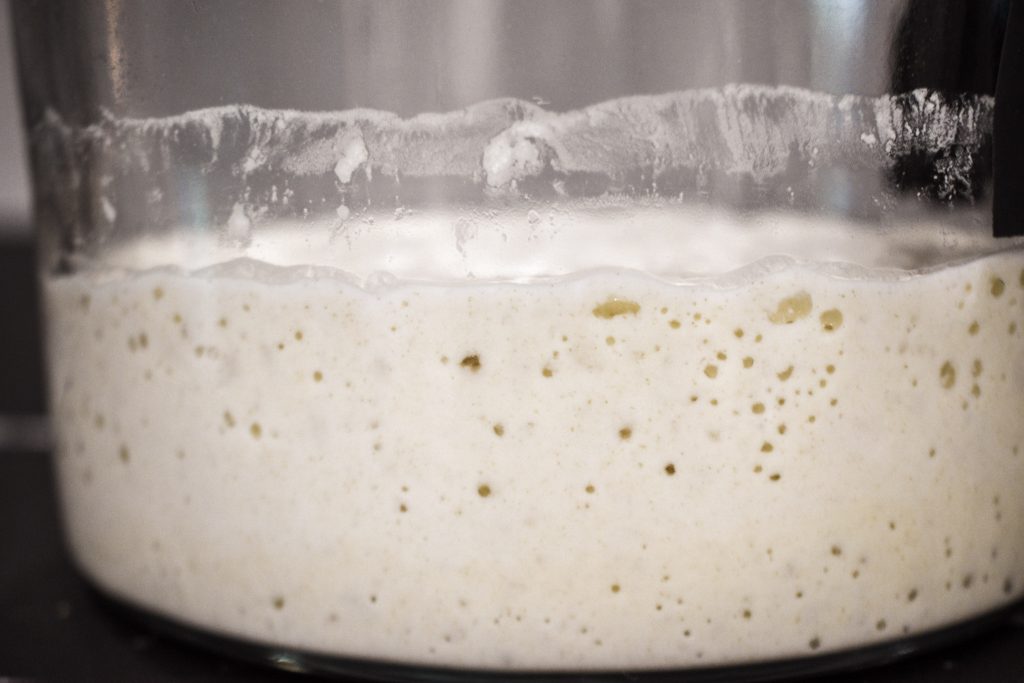
Difference between sourdough starter and discard
Now, I remember being confused by the terms at first. Aren’t starter and discard just two sides of the same bubbly coin? Not exactly. Your sourdough starter is like the heart of your baking adventures. It’s bubbly, active, and overflowing with healthy yeast and bacteria. It’s like your baking buddy—regularly fed flour and water to keep it lively and ready for baking delicious homemade bread.
Discard, on the other hand, is that portion you remove before feeding your starter. It’s less bubbly and might seem inactive, but it’s still packed with amazing flavor potential. Sure, it might not have enough strength to leaven bread, but don’t underestimate it. Those leftover bits can still turn your baking game around, transforming pancakes, waffles, or even crackers into something special.
Storage and shelf-life tips
When I began baking regularly, I quickly learned that sourdough discard storage is crucial. At first, I made the rookie mistake of leaving it on the counter, forgetting about it, and—yeah, that didn’t end well. The best way to store discard short-term is simply in a sealed jar in your fridge. This keeps it fresh and ready to go for about one to two weeks.
For longer-term storage, freezing is your friend. Pour your discard into an ice cube tray, freeze it, then pop the cubes into a zip-lock bag. This way, you’ll always have handy portions for future baking projects. Just thaw it in the fridge overnight before using, and you’re set! Properly stored discard stays safe and usable for months, which is a lifesaver when you’re baking in batches.
Why Use Sourdough Discard?
Benefits for flavor and texture
Let me just say, sourdough discard changed my baking game completely. Initially, I thought it was just some baking trend, but one taste of discard pancakes, and I was hooked. The fermentation process that discard undergoes—even though it’s milder than fully-fed starter—creates incredible depth of flavor. Pancakes, waffles, and even brownies get this slightly tangy yet subtly complex taste that you can’t replicate with regular ingredients. Plus, discard adds moisture, creating baked goods with that irresistible tender crumb.
Savory options like sourdough crackers have this beautiful crunch and deeper, richer flavor because of the fermentation happening inside your discard. Once you’ve had sourdough discard crackers, regular crackers taste just… boring.
Sustainability and reducing food waste
One of my favorite things about using discard is how it aligns perfectly with sustainability. Food waste reduction is something I’m pretty passionate about, especially as someone who loves farmers markets and appreciates wholesome, natural ingredients. Throwing away perfectly usable discard always felt wrong to me, especially since I strive for sustainability in baking.
Using your discard is an effortless way to practice waste reduction. Instead of tossing it, transform it into amazing snacks and meals. Honestly, the day I realized that discard waffles were not only delicious but helped reduce food waste was a total baking triumph moment!
Nutritional benefits and gut health
Besides being eco-friendly and tasty, sourdough discard is fantastic for gut health thanks to fermentation. The natural fermentation process breaks down gluten and makes nutrients more accessible, making your baked goods easier to digest. That beneficial wild yeast in discard also contributes to better digestion and gut health, something I’ve personally noticed after regularly baking with sourdough products.
Sourdough discard includes probiotics from fermentation, supporting a healthy gut microbiome. And let’s not forget, better digestion often means feeling better overall. Plus, homemade sourdough baked goods avoid all the artificial additives and preservatives common in store-bought products, contributing even more to your overall health and wellness.
Seriously, sourdough discard isn’t just about reducing waste—it’s about enhancing your baking, nourishing your body, and honestly, having fun with fermentation. What’s not to love about that?
How to Store Sourdough Discard
- Short-term vs. long-term storage options
Short-term, refrigeration is your best friend. For long-term storage, freezing discard in portions is practical. Label your containers with dates—future you will thank present you!
- Refrigeration tips
Keep your discard in airtight containers in the fridge to maintain freshness and prevent odors. It stays usable for about one to two weeks, perfect for spontaneous baking sessions.
- Freezing sourdough discard effectively
Freezing discard is straightforward—pour into ice cube trays or freezer-safe bags in portion-sized amounts. When ready to bake, simply thaw overnight in the fridge.
Best Recipes Using Sourdough Discard
Sweet treats: pancakes, waffles, muffins
Sourdough pancakes, waffles, and muffins are absolute game-changers. The discard gives baked goods an incredible fluffy texture and mildly tangy flavor that’s totally addictive.
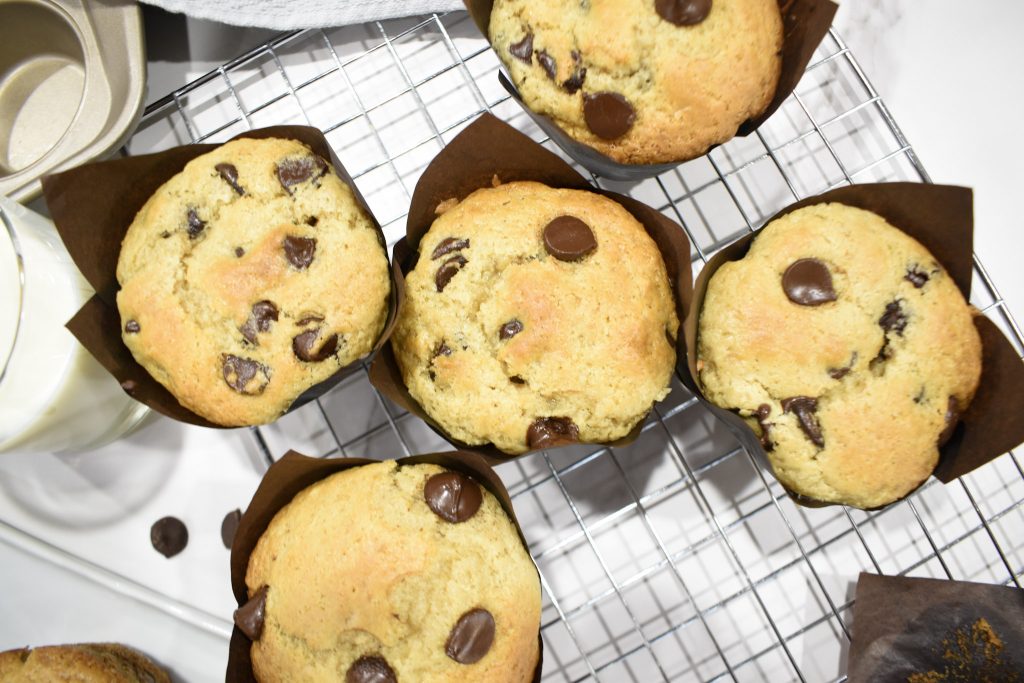
Savory options: crackers, pizza crust
Once you’ve tasted sourdough discard crackers, there’s no turning back. Crunchy, flavorful, and perfect for snacking or cheese boards. Homemade sourdough pizza crust is another standout—crispy edges and a chewy center.
Artisan breads: focaccia, flatbreads, quick breads
Sourdough discard elevates focaccia and flatbreads, giving them a rustic charm and depth of flavor. Quick breads made with discard rise beautifully and taste extraordinary.

Expert Tips for Baking with Sourdough Discard
Adjusting hydration and consistency: Managing hydration is key. If a recipe turns out too dense or sticky, slightly adjust water content next time. Aim for a batter or dough consistency similar to pancake batter or regular bread dough.
Timing your discard recipes perfectly: Time your discard recipes strategically. Use fresher discard for bread and older discard for strongly flavored recipes like crackers or brownies, maximizing its potential.
Troubleshooting common issues (density, sourness, texture): Encountering overly dense or sour results? Adjust fermentation times or hydration levels. Remember, experimentation is part of the fun—embrace the learning curve!
Frequently Asked Questions About Sourdough Discard
Can I feed my discard to revive it?
Absolutely! If your discard isn’t too old, you can definitely feed it to revive its activity. Feed it equal parts flour and water, wait until it’s bubbly and active, and it’ll be ready to use again as starter for bread.
Is sourdough discard safe if it smells sour?
Yes, sourdough discard naturally has a sour smell due to fermentation. However, it shouldn’t smell off or moldy. Trust your senses; a pleasantly tangy smell is normal, but anything sharp or foul means it’s time to toss it out.
How long can discard be safely stored?
In the refrigerator, discard usually remains good for about 1-2 weeks. If frozen properly, discard stays fresh and safe to use for up to six months. Always label and date your containers to track freshness.
Can I substitute sourdough discard in regular recipes?
Yes, and it’s easier than you might think! Substitute discard for portions of flour and liquid in recipes like pancakes, muffins, and breads. Just remember to adjust the hydration slightly, depending on the consistency you need.
Conclusion
Now that you’ve discovered countless creative ways to use your sourdough discard, there’s no reason to waste another drop! Experiment, bake, and delight in knowing you’re reducing waste while boosting flavor in your kitchen. Ready to take your sourdough baking to the next level? Let’s get baking!

